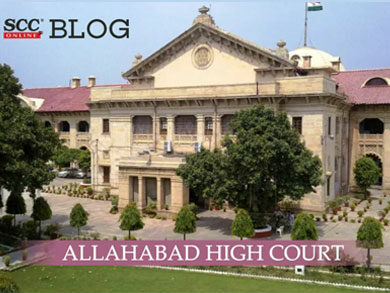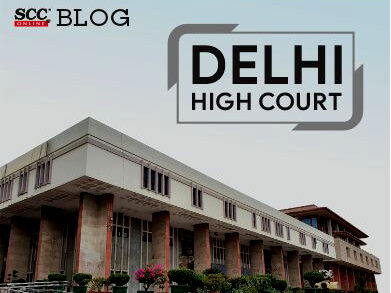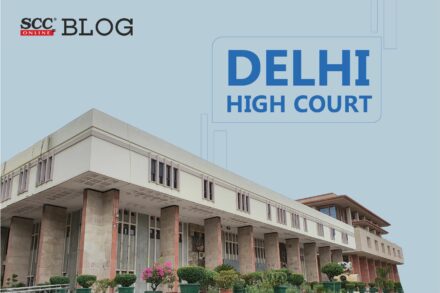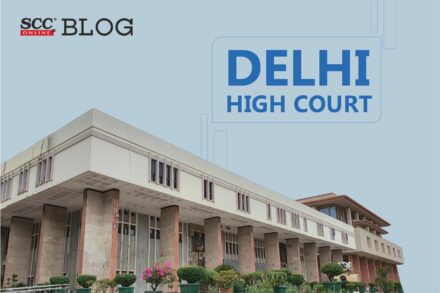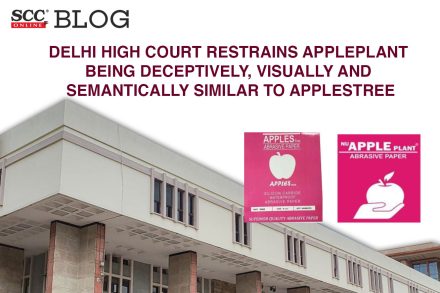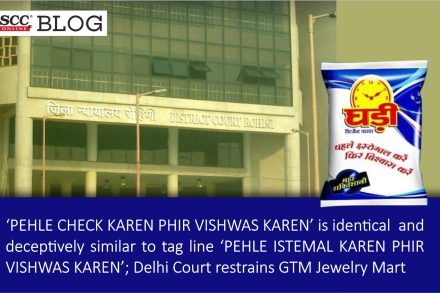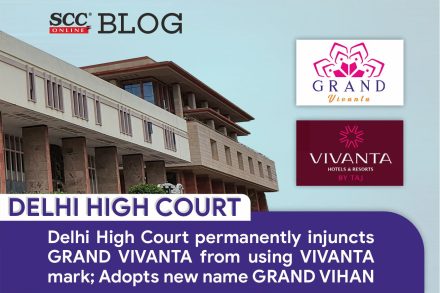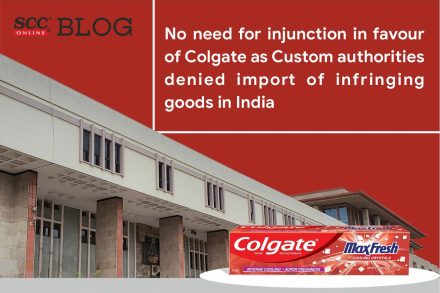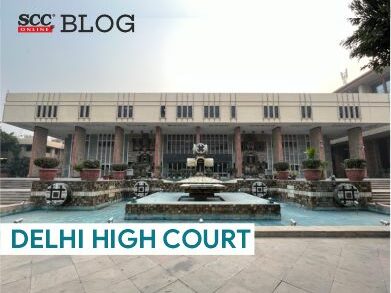
[Uphar Cinema Fire Case] A fictional rendition of trials and tribulations cannot be presumed to be defamatory; Delhi High Court denies restrain order against web series ‘Trial by Fire’
If the court were to find that the material which is likely to be broadcast or published already exists in the public domain and has existed as such for a considerable period without an objection having been raised, that too would detract from the right of the plaintiff to seek ad interim injunctive relief.



